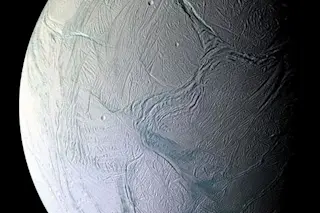A parallel universe is a fun topic in physics, but it’s difficult to understand the concept. That’s why Paul Sutter, a theoretical cosmologist, award-winning science communicator, NASA advisor, U.S. Cultural Ambassador, and a globally recognized leader in the intersection of art and science, dives into this topic and helps us understand if parallel universes could help us search for extraterrestrial life.
Hear from Sutter himself as we ask him this question: Are parallel universes possible and can they help us search for extraterrestrial life?
Parallel universes are such a tricky topic for me to explore. On the one hand, they are beyond interesting – the possibility of an alternate cosmos right over there is such a mind-meltingly fun idea. But on the other hand, at present we have no way of testing if the multiverse hypothesis is correct, and we’re not even sure we can test it, which is a ...















